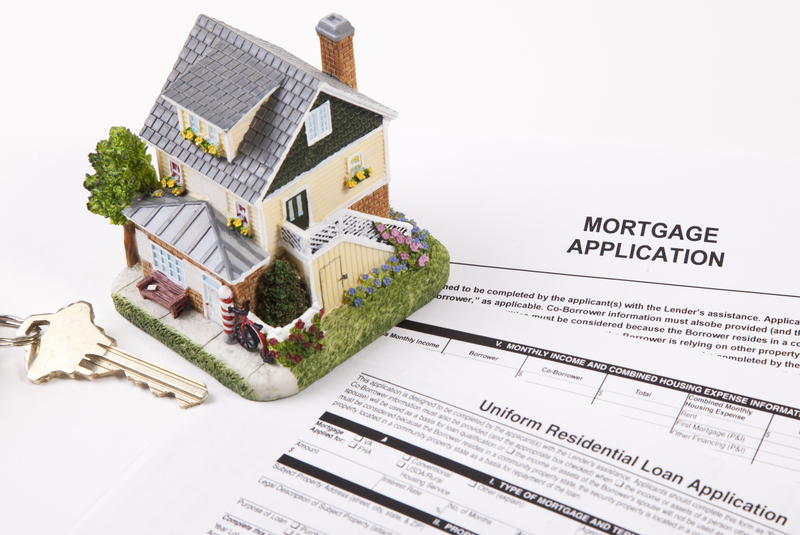Purchasing a house is not just a huge financial commitment, but also a significant life choice. Most of us don’t have the patience to wait the decades it takes to save up enough money to plop several hundred thousand on a piece of land. Mortgage loans are a great option for this.
Mortgage loans make house ownership a reality, especially for younger generations just starting to accumulate income. In spite of this, you shouldn’t go into the mortgage application process without giving it careful thought. Find out what mortgages are, how much they cost, and which one could work for you before you commit to making monthly installments for another 30 years.
Mortgage… what is it really?
A mortgage, in its most basic form, is a debt taken out for the purpose of buying real estate. Put another way, a mortgage is the way to go if you want to purchase a property but don’t have a ton of cash on hand.
Mortgages are a legal contract between you, the borrower, and the lender (often a traditional bank union). A mortgage note is a legally binding agreement between you and the lender that specifies the loan’s principal amount, interest rate, period, and other terms. A mortgage note is indeed a contract between you and your lender that outlines the terms of your loan to finance the purchase of a property. In other words, the lender has legal title to the property until you pay off your mortgage loan.
If you have a mortgage, how does the financing process go?
When you’ve finally settled on a property and a lender, your mortgage will become just another bill to pay each month for the next fifteen to thirty years. Putting down a bigger sum of money at the outset will help you pay back your debt sooner. The deposit is the first outlay of money used to finance the purchase of a property, and it typically ranges from three to twenty percent of the purchase price. The specific proportion will vary depending on the sort of mortgage you are asking for; but, the larger your deposit, the less interest you will pay and the shorter your loan’s repayment period will be.
You can keep your mortgage payment around the same whether you put down 5% down or 15% down. However, the proportion of each payment that goes toward paying interest and the principle (the amount still owed on the loan as opposed to any accrued interest) will alter over time. The term “amortization” describes this method. At first, most of your payment will go toward paying off interest, but over time, that will change and you’ll be putting more of each payment toward reducing the main balance.
Extra costs, such as those for insurance and property taxes, will need to be covered each month and may change year over year. To relieve you of this burden, many financial institutions will use something termed an escrow fund to handle these payments.
In general, how long do mortgages continue for?
It’s normal to have a mortgage with a duration of up to thirty years. There are mortgages available with terms as little as 5 years and as long as 40 years. Keep in mind that your monthly payment and interest rate will be directly affected by the duration of the loan term.
A reduced loan term has the advantage of reducing interest payments throughout the life of the loan, but comes at the expense of increasing payments each month. The converse is true for loans with longer repayment periods, which include lower monthly payments but higher interest costs overall. Because of its low monthly payment, the 30-year fixed-rate mortgage is popular among first-time homeowners.


